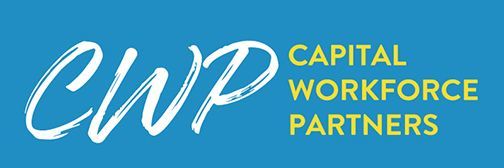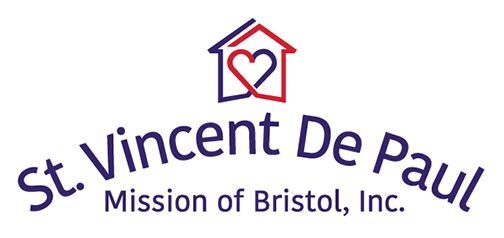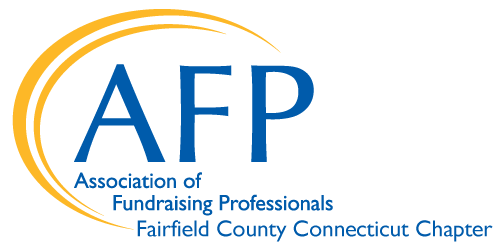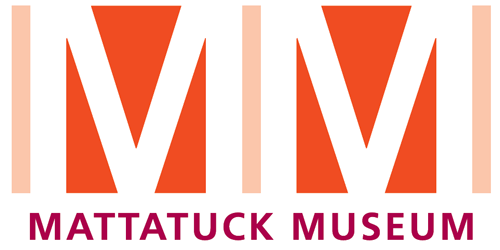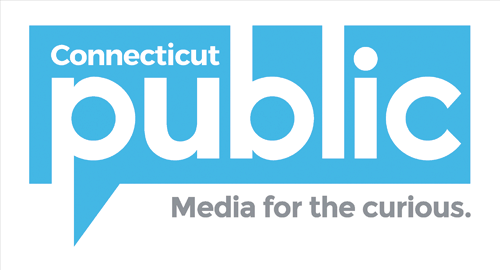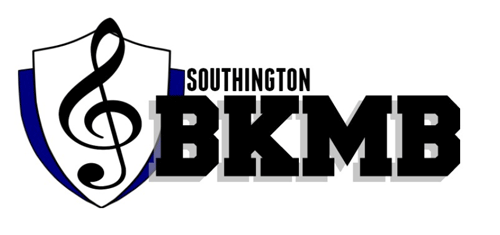
Nowadays, everything is going online. Between social media, online stores and reviews, you can find practically anything on the Internet. The question, then, is: Can you find your business online? Not only should a company have a website, but with modern demands, that website should be well-functioning and easy to use.
In fact, a business’s website can have a major impact on their overall bottom line. But how do you know where to start? If you’re a marketing professional, here are some key components to keep in mind that every business website needs.
Make it responsive.
In 2016, OuterBox reported that more than 62% of shoppers made purchases using their cell phones, and more than 90% of shoppers use their smartphones to compare prices and reviews. Even more significant: 40% of consumers will go to a competitor if they have a bad experience with a mobile website. We cannot stress this enough: Your company’s website should be mobile and tablet responsive, so it can work anytime, anywhere for anyone.
Keep it easy to navigate.
With today’s short attention spans, if a consumer can’t quickly and easily navigate your website, chances are they’ll give up and go somewhere else. Be sure to test your website and make sure it’s simple and clear to navigate. Use a top-level navigation menu with clearly-labeled tabs for related pages. Include an obvious way to get back to your home page, no matter where readers are on the website. And of course, incorporate a search bar.
Have clear contact.
Many small businesses will list their address, phone number and email on their websites. While these matter, they’re not particularly easy ways for customers to get in contact. According to BankMyCell, 75% of millennials surveyed said they avoid phone calls because they’re time-consuming. Instead, include a contact form on your website where visitors can conveniently contact you with any thoughts or questions they have.
Add social proof.
The term “social proof” was coined by Robert Cialdini in his book Influence in 1984. It refers to a “psychological and social phenomenon wherein people copy the actions of others in an attempt to undertake behavior in a given situation.” In other words, if visitors know other people support your business, then they are more likely to support your business, too. Include social proof on the website through case studies, testimonials, client logo displays and user-generated content.
Start a blog.
A blog is a simple, yet effective, way to consistently have new content on the website. Not only is it great for SEO purposes, but it can also help increase your bottom line. Blogs attract more visitors to the website, then encourage them to become a customer once they’re there. Incorporate content that educates the public on your area of expertise, promotes the business as an industry leader and shares relevant company updates.
Include a call to action.
Finally, your website should have a purpose. Many companies make the mistake of not including a strong call to action on their website. This leaves customers hanging. Instead, tell customers what you want them to do. A CTA specifies an expectation and prompts an immediate response. Without a visible CTA—preferably on the home page—visitors will come, browse around and leave without you ever knowing they were there.
If you want to grow your bottom line, then a website is where to start. With today’s modern technology, a website is a company’s outward face to the world. Keep these components in mind as you develop your website and grow the business.

